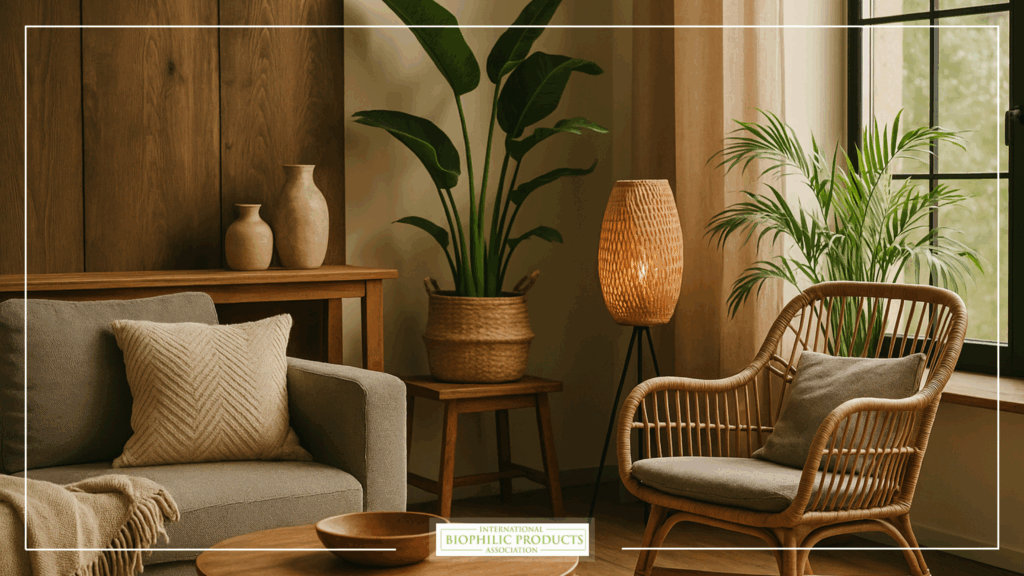
Biophilic design is more than a buzzword, it’s a transformative approach to biophilic architecture and interior design that integrates natural elements into the built environment. As outlined in Terrapin Bright Green’s groundbreaking report, the 14 Patterns of Biophilic Design offer a practical framework to reconnect people with nature through buildings, cities, and spaces that support human well-being.
These patterns, grouped into Nature in the Space, Natural Analogues, and Nature of the Space, include strategies like using natural light, dynamic textures, views of greenery, thermal and airflow variability, and spatial configurations that mimic ecosystems. Collectively, they address both psychological and physiological health by reducing stress, boosting mood, and enhancing cognitive performance.
Biophilic design isn’t just about adding a few potted plants to a room, it’s a comprehensive design philosophy rooted in our deep, evolutionary connection to nature. Developed by Terrapin Bright Green, the 14 Patterns of Biophilic Design serve as a framework to create spaces that promote health, performance, and emotional well-being by simulating natural conditions in the built environment.
Here’s an in-depth look at each pattern, with real-world applications that bring these concepts to life:
The 14 Patterns at a Glance:
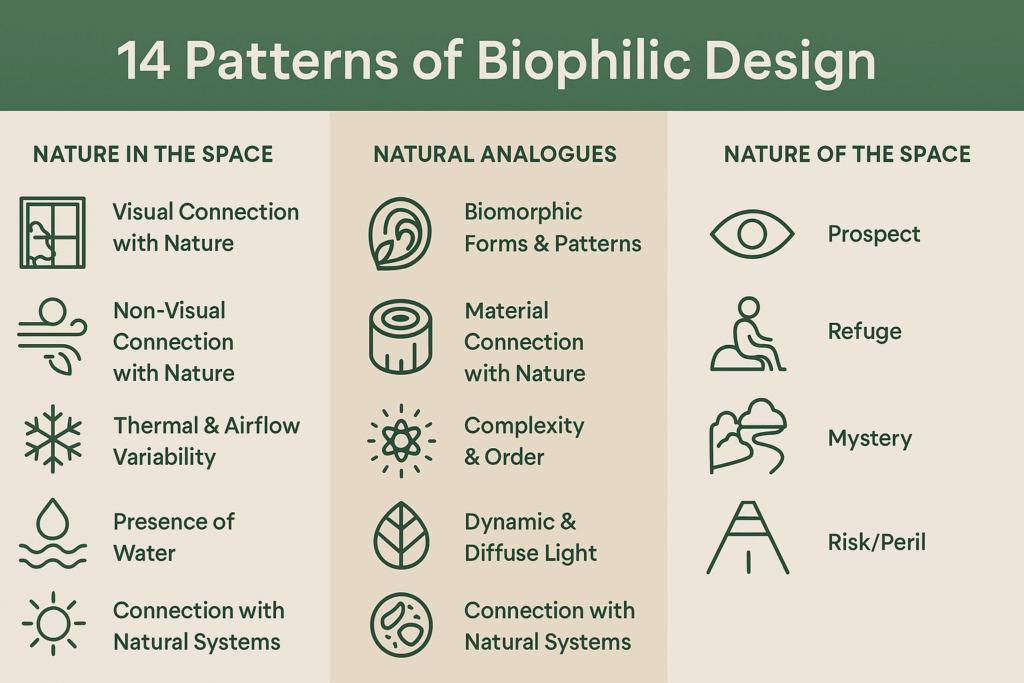
1. Visual Connection with Nature
This pattern involves direct views of nature, like greenery, landscapes, or water features.
Example: A workspace with large windows overlooking a garden or a living wall in a hotel lobby.
Why it matters: Seeing nature regularly reduces blood pressure, lowers stress hormones, and improves focus and mood.
2. Non-Visual Connection with Nature
Beyond sight, our senses respond to sounds, scents, and textures found in nature.
Example: Indoor fountains offering the sound of trickling water, or diffused natural scents like cedarwood or eucalyptus in a spa.
Benefit: Creates a multisensory environment that soothes anxiety and enhances comfort.
3. Non-Rhythmic Sensory Stimuli
This refers to natural, random stimuli — fleeting sensations that draw attention in soft, non-intrusive ways.
Example: Light flickering through tree leaves, birdsong through open windows, or fish in an indoor aquarium.
Why it matters: Keeps environments mentally engaging and reduces cognitive fatigue without overstimulation.
4. Thermal and Airflow Variability
This pattern mimics natural shifts in temperature, humidity, and airflow.
Example: Operable windows that let in a breeze, or a space with both sunny and shaded areas.
Effect: Promotes physical comfort and simulates natural outdoor sensations.
5. Presence of Water
Water is a powerful element in biophilic design — visually, audibly, or tactilely.
Example: Reflecting pools in urban courtyards, indoor streams in shopping centers, or water walls in hotels.
Why it’s powerful: Exposure to water elements reduces stress and enhances perceived tranquility.
6. Dynamic & Diffuse Light
Natural light changes throughout the day, and this variation affects our biology.
Example: Skylights, clerestory windows, or smart lighting systems that mimic circadian rhythms.
Impact: Supports better sleep, productivity, and general well-being.
7. Connection with Natural Systems
Spaces should reflect natural seasonal or ecological processes.
Example: An office that changes its indoor plants according to the season or uses rainwater systems that visibly react to weather.
Why it matters: Reinforces our subconscious connection to the environment and time cycles.
Natural Analogues: Imitating Nature in Form and Material
8. Biomorphic Forms & Patterns
This involves incorporating organic shapes and curves into the design.
Example: Furniture inspired by leaves or shells, textiles with fractal or floral motifs.
Result: Familiar, calming, and pleasing forms that reduce mental strain.
9. Material Connection with Nature
Natural materials, and even their imperfections, resonate deeply with people.
Example: Using raw wood, natural stone, bamboo, or wool in interiors.
Effect: Evokes authenticity and helps people feel grounded and secure.
10. Complexity & Order
Nature is richly detailed and balanced, not chaotic, but not overly uniform either.
Example: A ceiling with exposed wooden beams, patterned tiles, or organic woven textures.
Why it works: Supports intellectual engagement and visual interest, making spaces feel “alive.”
Nature of the Space: Designing for Experience
11. Prospect
This pattern emphasizes open, wide views and visual access across distances.
Example: A mezzanine overlooking a lobby or glass walls opening to outdoor scenery.
Psychological effect: Promotes feelings of control, freedom, and anticipation.
12. Refuge
Small, enclosed areas where individuals feel safe and removed from busy surroundings.
Example: Window seats, reading nooks, alcoves with overhead canopy or shielding partitions.
Why we crave it: Refuge spaces offer comfort, calm, and a break from sensory overload.
13. Mystery
Environments that suggest there’s more to discover just around the corner.
Example: Winding garden paths, curved hallways, partially concealed doorways.
Result: Encourages exploration, curiosity, and engagement with space.
14. Risk/Peril
A subtle, controlled sense of danger can elevate alertness and emotional intensity.
Example: Glass floors, suspended walkways, or balconies that offer dramatic views.
Why it matters: Adds excitement and sensory stimulation while remaining safe.
These patterns can be mixed, layered, and customized to suit any type of space, from homes and offices to hotels, schools, and hospitals. The key is creating an environment that resonates deeply with human nature, both physiologically and emotionally.
Whether you’re designing a hospital, a workspace, or a home, implementing these principles can lead to healthier, more inspiring places to live and work.
FAQ: Frequently Asked Questions about 14 Patterns of Biophilic Design
What is biophilic design?
Biophilic design is an architectural and interior design approach that incorporates natural elements—like light, plants, water, and organic forms—into built environments to promote health and well-being
What are the 14 patterns of biophilic design?
These are categorized into:
Nature in the Space: Direct experiences like plants, water, airflow, and natural light
Natural Analogues: Materials and shapes that mimic nature
Nature of the Space: Spatial experiences such as mystery, refuge, or prospect
Why is biophilic design important?
It improves mental and physical health, increases productivity, reduces stress, and supports environmental sustainability.
Can biophilic design be applied in urban environments?
Yes. Urban green roofs, living walls, and nature-inspired architecture are all practical applications of biophilic principles in cities.
How does biophilic design impact workspaces?
Research shows that biophilic offices increase employee productivity by up to 6% and creativity by 15%, while also reducing absenteeism and enhancing job satisfaction.
Is biophilic design expensive?
Not necessarily. Many biophilic interventions—like better use of natural light, plants, or textures—are affordable and can be scaled to different budgets.



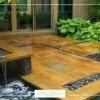



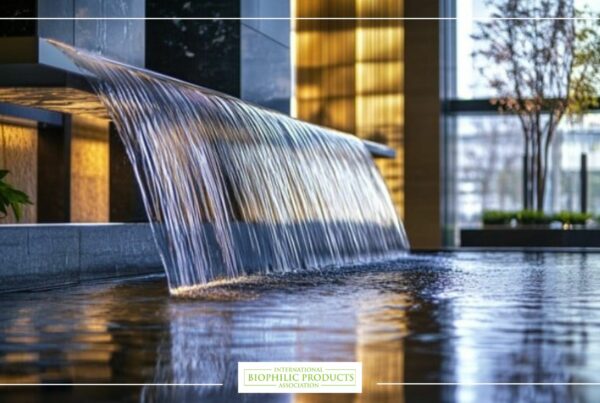
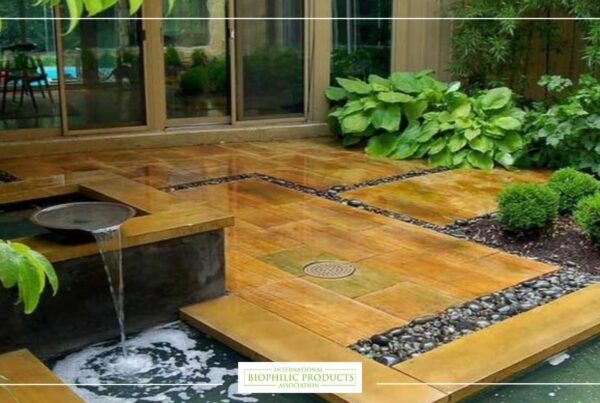
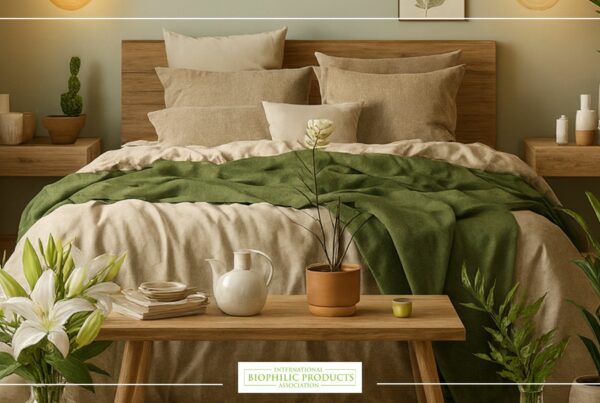

13 Comments